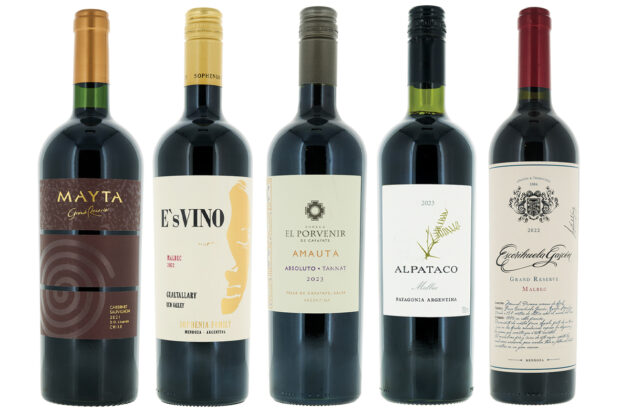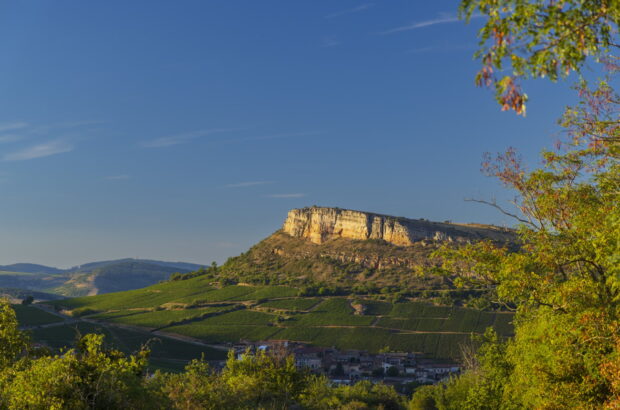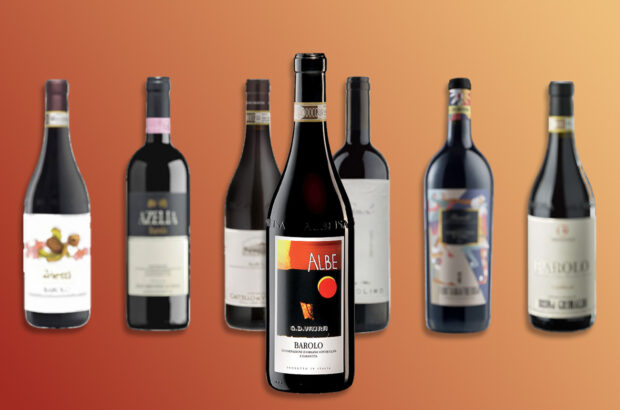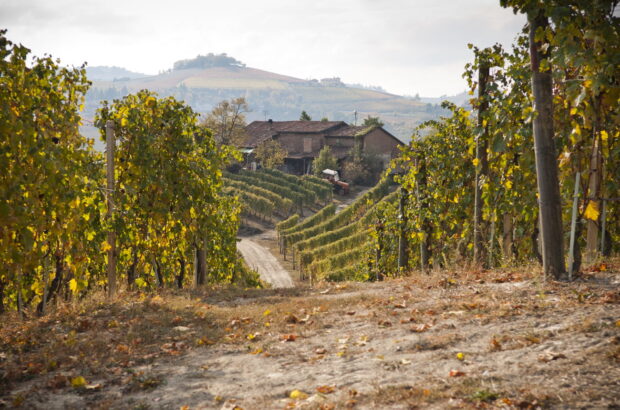Michelle Cherutti-Kowal MW, Andy Howard MW and Susan Hulme MW tasted 198 wines with 1 Outstanding and 27 Highly recommended.
Prosecco: Panel tasting scores
198 wines tasted
Exceptional 0
Outstanding 1
Highly recommended 27
Recommended 138
Commended 23
Fair 7
Poor 2
Entry criteria: producers and UK agents were invited to submit their spumante sparkling wines from DOC Prosecco and Prosecco Rosé, DOCG Prosecco Asolo Superiore or DOCG Conegliano Valdobbiadene Prosecco Superiore, with retail pricing at £7.99 or above.
Synonymous with sparkling wine now, Prosecco was relatively unknown outside Italy 20 years ago, yet today it is renowned worldwide, as evidenced by its meteoric rise in popularity – more than 600 million bottles were produced in 2022, of which over 70% is exported globally.
The area in northeast Italy where Prosecco is produced spans just under 40,000ha across the regions of Veneto and Friuli Venezia Giulia; the one constant is Glera, the white grape used for the vast majority of production, known for its fresh acidity and aromatic notes of apple blossom, peaches and lemons. Add carbon dioxide and a touch of residual sugar, and you have a fresh, fruity fizz that goes down a treat.
Scroll down to see tasting notes and scores from the Prosecco panel tasting
Prosecco is sold under a few denominations related to the area where the grapes are grown. The large Prosecco DOC (28,000ha) is diverse in terroir and is known for fruity, light-bodied wines. In contrast, the DOCG regions of Conegliano Valdobbiadene Prosecco Superiore (approaching 9,000ha) and Asolo Prosecco Superiore (some 2,000ha) represent the historical centre of production – in the steep foothills of the Alps, they produce wines that are very aromatic but lean and steely, often tasting drier than their DOC counterparts.
Given the vast amount of production, one would expect variations in quality, but our judging panel was pleasantly surprised by the consistency found here, with 83% receiving scores of 86 points or higher. The Prosecco DOC wines were ‘light, easy-drinking wines that were designed for early consumption, but very few elevate themselves above this consistent baseline’, said Andy Howard MW.
For the wines from Prosecco DOC Treviso – a sub-zone of the wider DOC area – Susan Hulme MW found they had ‘in general, more character and better balance’. They were ‘worth looking out for’, according to Howard.
Prosecco DOC Rosé wines were less inspiring: no entries scored above 87pts. ‘It’s as if producers don’t seem sure of what exactly the style for pink Prosecco should be,’ said Howard – the allowed small addition of red wine (15% or less), seemed to mask Glera’s aromatic character in the examples we tasted.
See all Prosecco panel tasting wines
The UK is the top export market for Prosecco Superiore DOCG, so it wasn’t a surprise to see a high number of entries. Both Conegliano Valdobbiadene DOCG and Asolo DOCG performed well: more than 92% of entries scored 86pts or higher, and 21 wines 90pts or more. This category offers more fruit concentration, with acidity and residual sugar far better balanced than in its DOC counterparts. ‘I liked many of the wines from Asolo DOCG, which had a different, more gentle style than Prosecco DOC,’ said Hulme.
Without a doubt, the standout was Prosecco Superiore di Cartizze DOCG. Cartizze is a 108ha vineyard in Valdobbiadene considered the ‘grand cru’ of the entire region. Three of the four wines tasted were rated 90pts and above, with one (the 195th wine tasted, at the end of two long days!) managing to shine above all the rest and receiving an outstanding score of 95pts (see below).
The takeaway? The Prosecco category offers different things to different consumers. Prosecco DOC proved that, despite the high volumes of production, it still can produce good wines at an affordable price point.
But – as this tasting demonstrated – there are benefits to stretching the budget to a Prosecco Treviso DOC, or a DOCG.
Prosecco panel tasting scores
The judges
Michelle Cherutti-Kowal MW is a widely published wine writer, consultant, educator and WSET lecturer. She is a regular judge and contributor for Decanter, and from this year is the DWWA Regional Chair for Tuscany.
Andy Howard MW is a Decanter contributing editor and a DWWA Regional Chair for categories including Central Italy. A former wine buyer, he now runs his own wine consultancy Vinetrades, focusing on wine education, investment and sourcing.
Susan Hulme MW is a wine writer, editor, educator and presenter specialising in Italy. She runs her own wine training and consultancy company Vintuition and travels regularly to Italian wine regions. Now focusing more on her writing, she is Italian editor for The Wine Independent.











